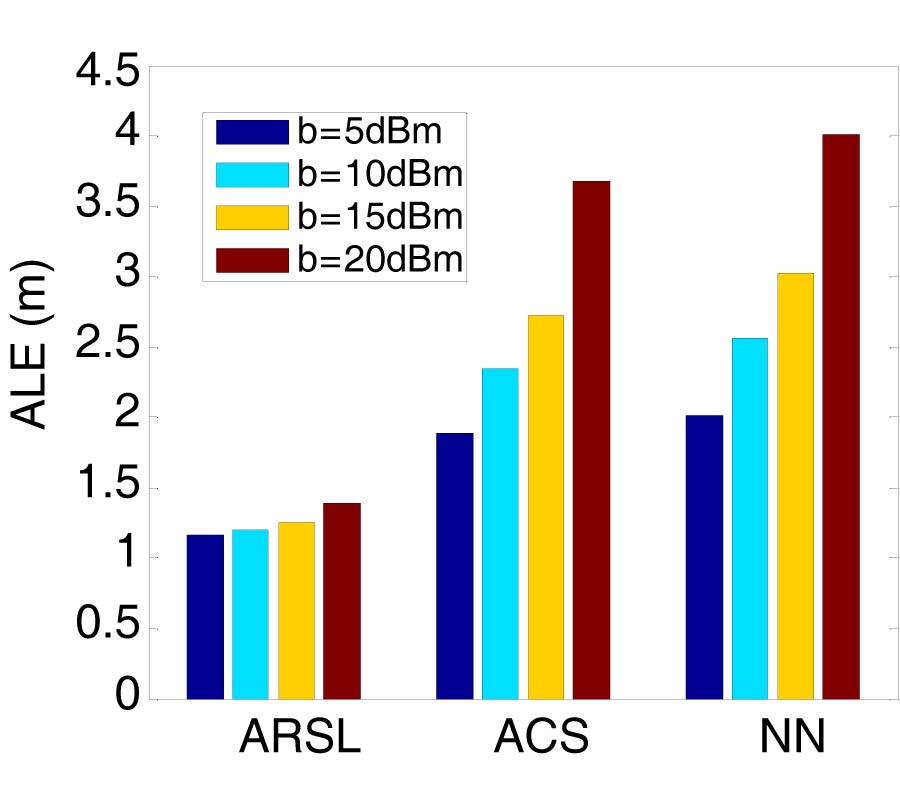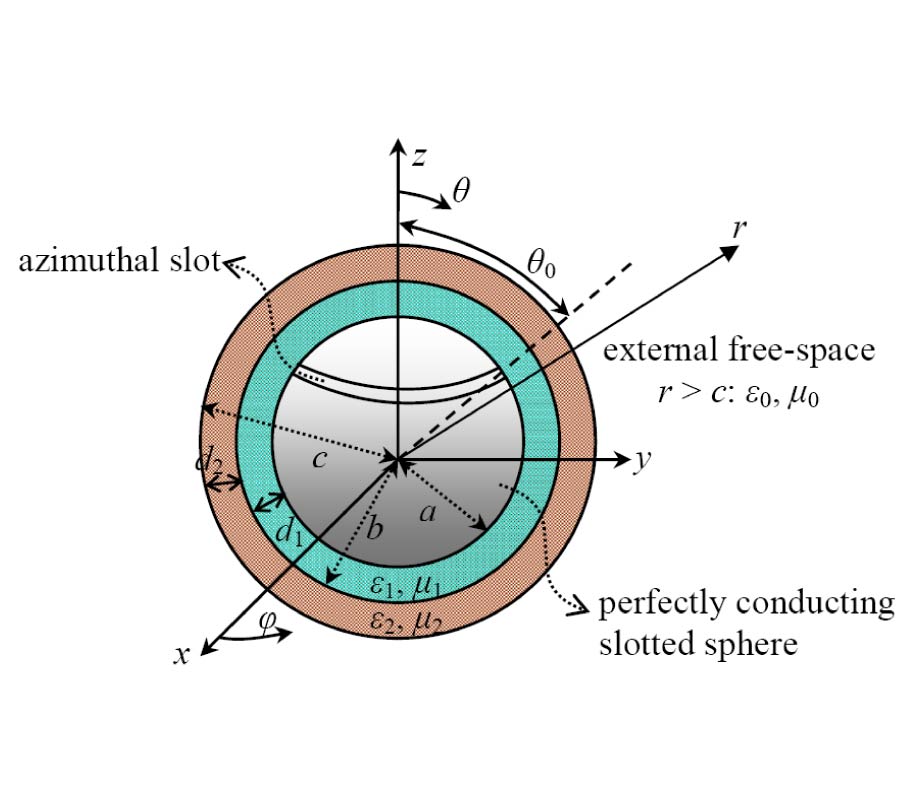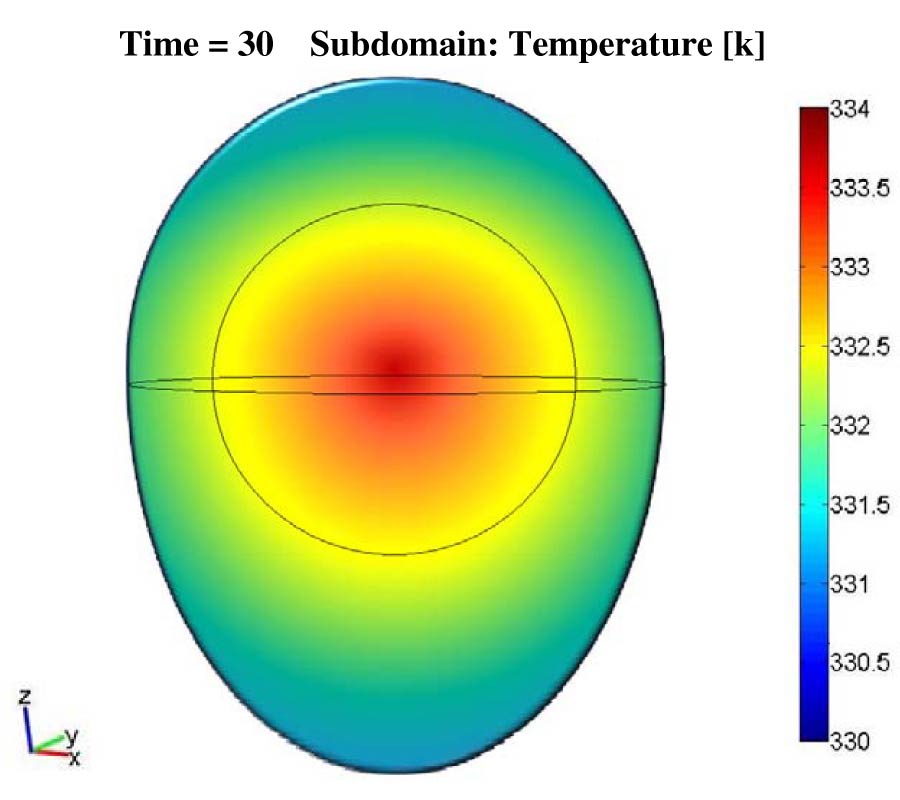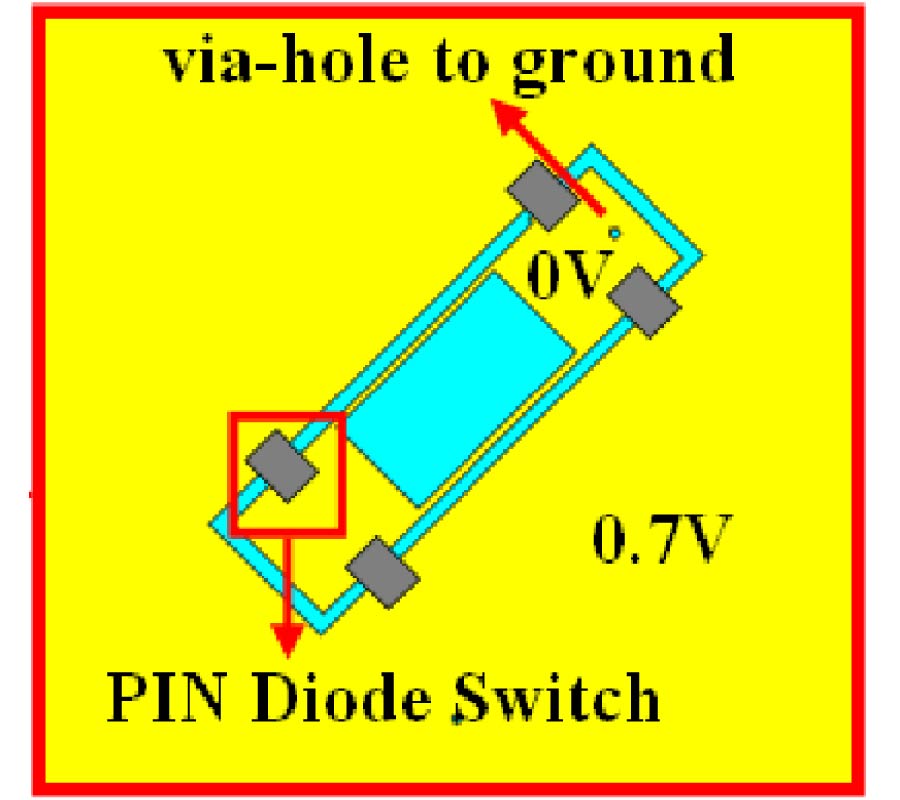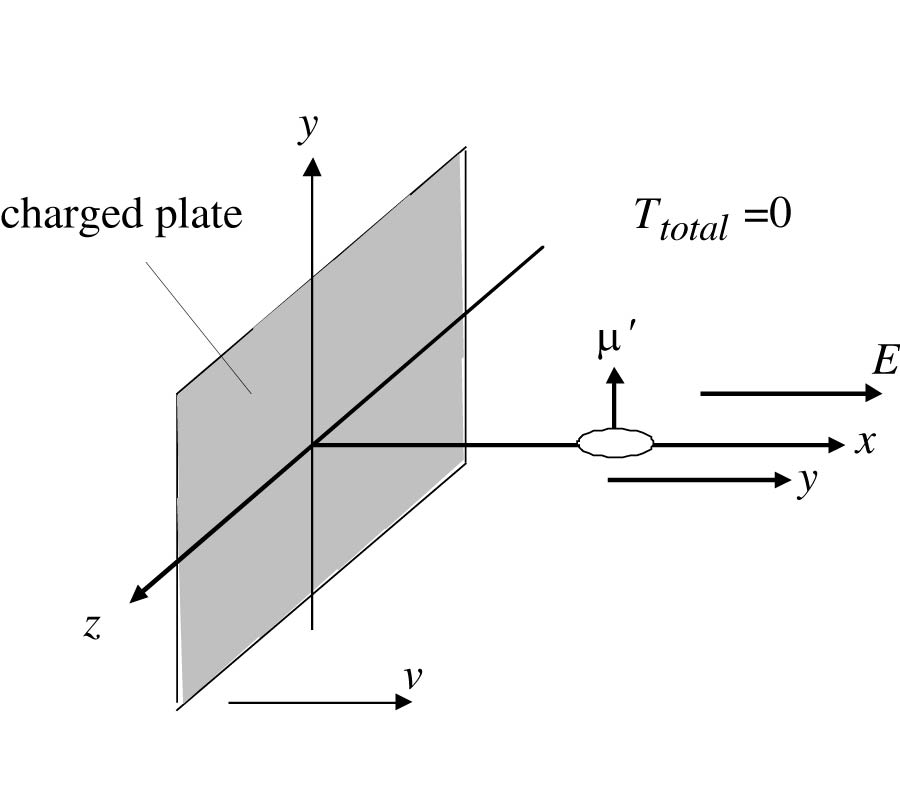A Study on the Effects of Rain Attenuation for an X-Band Satellite System Over Malaysia
Siva Priya Thiagarajah and
Thinagaran Nizanthi
In this paper, the effect of rain attenuation on the FSS allocation in the 7250- 7750 MHz in the Space-to-Earth direction is studied for a satellite at 78.5°E longitude. A simulation model based on the ITU-R P618-10 rain model is used to predict the rain attenuation in the C-, Ku- and X-bands in 15 different locations with varying rainfall intensities of between 145-300 mm/hr in East and West Malaysia. The simulations assume a 1.8 m receive antenna with 65% aperture efficiency, QPSK modulation and use of either vertical or horizontal polarization. The downlink centre frequencies used in this study are 4200 MHz, 7750 MHz and 11200 MHz for C-, X- and Ku-bands respectively. The average free-space path loss calculated for each band is used to estimate the signal attenuation due to rain and the corresponding Eb/N0 (dB) is computed at varying rain intensities. The results show that when using vertical receive polarization, all 15 locations of study with a rainfall intensity of up to 200 mm/hr could receive the X-band signal. At 200mm/hr rain intensity in the horizontal receive, most of the X-band links could achieve the threshold Eb/No of 7.68 dB with a ULPC adjustment of approximately 1.5dB where required. At 300 mm/hr rain intensity, video signals in the X-bands were no longer receivable in both polarizations. At 145 mm/hr rain intensity, only one location with high satellite elevation and greater height above mean sea level maintained the Ku-band link in the horizontal receive. In the vertical receive, the Ku-band link was receivable at all locations at 145 mm/hr but were no longer receivable at 200 mm/hr. The study concluded that the elevation angle towards the satellite is a major factor in determining the quality of the signal in the X-band. The other factors that affected the receive Eb/No was the polarization, depth of rain and height of the earth station above mean sea level. In comparison to the Ku-band, the X-band was able to maintain a good quality satellite link in rain intensities of up to 200 mm/hr in the vertical receive. The results indicate that there is high potential for the use of X-band to provide for video transmission over Malaysia in spite of the high rain intensities.


